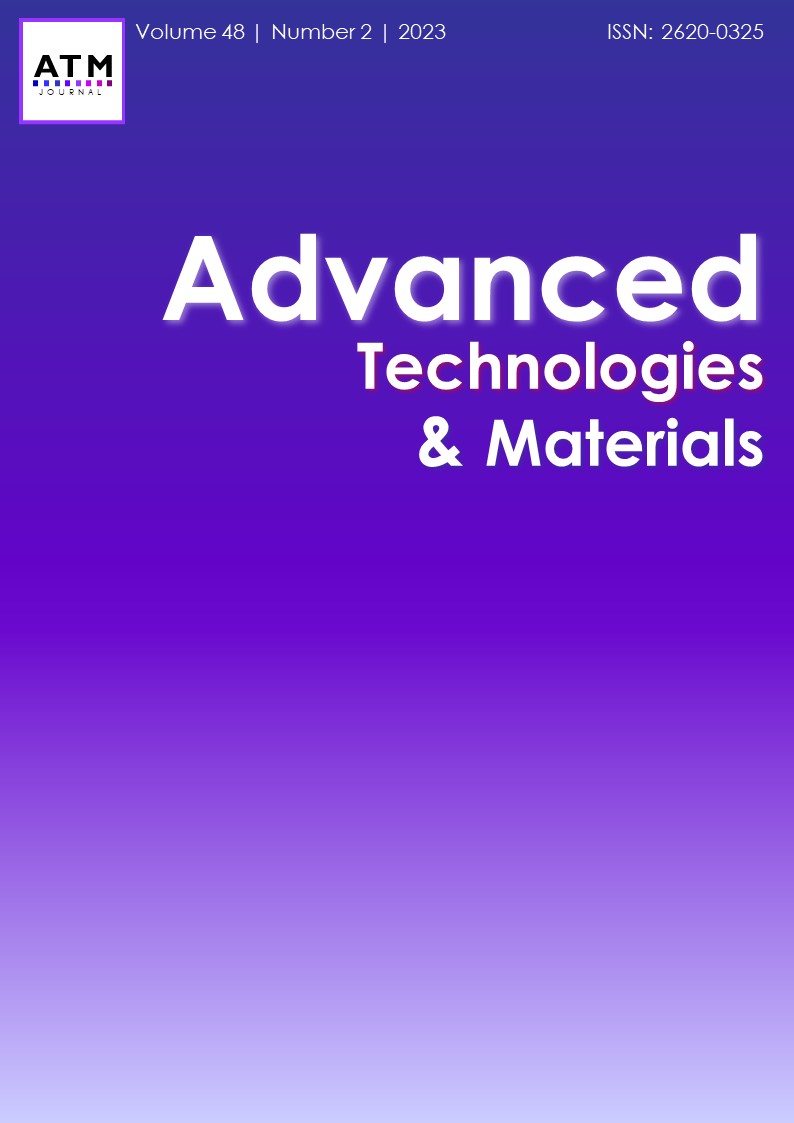Published 2023-12-18
abstract views: 183 // Full text article (PDF): 107
Keywords
- Extrusion,
- FEM,
- Stress,
- Strain,
- Deformation velocity
- Tool,
- Profile ...More
How to Cite

This work is licensed under a Creative Commons Attribution 4.0 International License.
Abstract
This paper presents an analysis focused on the stress-strain dynamics within the forward extrusion process for hollow elements. The forward extrusion of hollow elements is characterized by extensive plastic deformation and complex material flow. This process involves splitting the metal continuum, subjecting it to plastic deformation, and merging it into a seamless product with a predetermined cross-sectional shape as it exits the tool. Employing modern numerical finite element methods is essential for designing such processes, as it enables the simulation of metal behavior within the tool. These simulations help predict mechanical parameters within the deformable material continuum, such as stress, strain, temperatures, and strain rates. Additionally, they allow for the optimization of tool designs tailored to the specific product, improving process efficiency and quality. Understanding the stress-strain distribution at individual nodes enables proactive measures to prevent echanical disruptions within the continuum, ensuring the integrity and quality of the final product—an essential criterion in the forward extrusion process for hollow elements.


